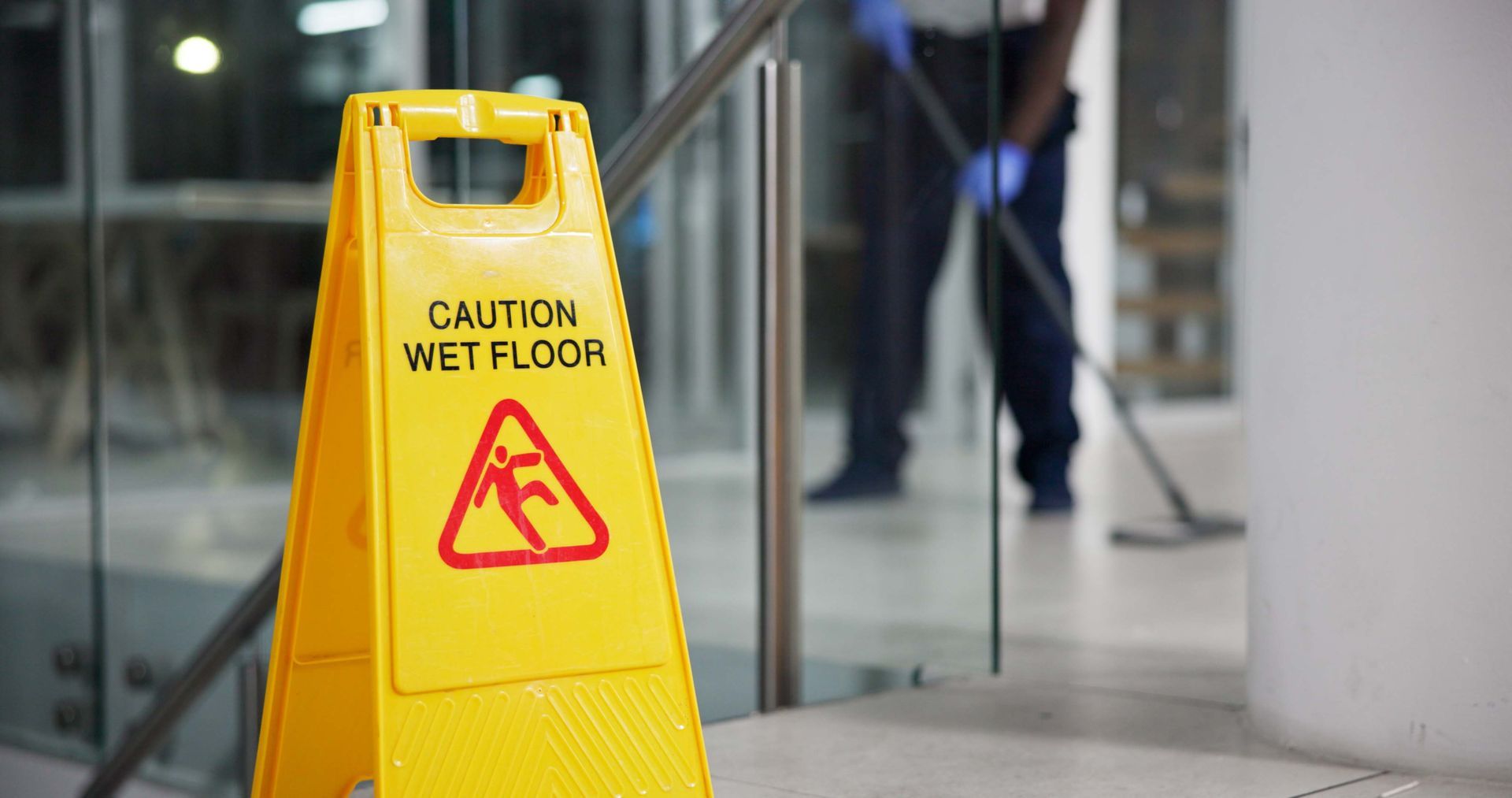“Florals? For spring? Groundbreaking.”
If you’ve ever had that manager – the one who has unrealistic expectations and a sarcastic response for every occasion – then you’re probably experiencing some flashbacks right about now.
And if you are that manager, it’s time to listen up, because we’re about to drop some facts.
In our most recent whitepaper, Leadership in the Age of Disruption, we looked at what drives employees to leave. Right at the top of the list? Poor leadership.
Miranda Priestly, from The Devil Wears Prada, is a hypercritical perfectionist. It’s part of what got her to the top, but it’s also what gave her a reputation for being the hardest taskmaster in the fashion world. Her assistants’ desks may as well have been a revolving door because she went through so many employees.
So what can we learn from Ms Priestly?
Employees vote with their feet
High turnover rates probably aren’t caused by a lack of cool beanbags or needing to deal with a lot of emails. With almost half of employees moving on from their job because of leadership issues, 10% will never even raise their concerns to someone in power. They’ll simply move on.
You might be like Miranda and consider it a blessing. After all, if they can’t stand up to the pressures of the role, they don’t deserve to be there, right? *cough*
The costs of high turnover
But high turnover rates aren’t just an indication of the quality of the management team. They’re expensive to businesses. Conservative estimates indicate that for every role that needs to be hired for, the cost of advertising, screening, onboarding and decreased productivity while learning the role amounts to a staggering 75% of that role’s annual salary.
What can we learn from Ms Priestly?
The current Australian average for turnover sits at around 16% per year, according to research conducted in 2015 by the Australian Human Resources Institute. If your office needs a revolving door installed to cater for higher than average turnover rates, then perhaps you need to forget about all the ‘great opportunities’ and ‘cool culture’ your business offers, and look more closely at yourself or the other members of the leadership team.
Are your expectations realistic? Do you give positive feedback as often as you give negative feedback? Do you demand your employees to deliver outcomes that don’t align to their pay bracket? If you’ve said yes to any of these, then you might be looking at the reason you get so many resignations on your desk.

Keep your employees around, season after season
Your team isn’t a trend – you want them there to stay! Keep them on board after they onboard by ensuring you allow a period of grace while they learn the ropes, make them feel valued, and don’t give them more work than they can handle. And save the sarcasm for your mates outside the office!
Or, keep treating them as expendable. Just don’t expect them to be there on Monday!
Whitepaper: Leadership in the Age of Disruption
As a Human Resources and Recruitment leader, we here at Chandler Macleod understand that people are our business. We wanted to better understand the evolving demands of business leaders, and gain a better understanding of what employees want from their leaders in the modern workplace.
So we surveyed 970 leaders, managers, and supervisors; and 1,084 employees to ask what they believed to be the most critical factors for successful leadership, and conversely, what were the outcomes of poor leadership.
This report doesn’t just give you the outcomes of our research, but we provide some tips and strategies to successfully adapt management skills and leadership in this age of disruption.




















